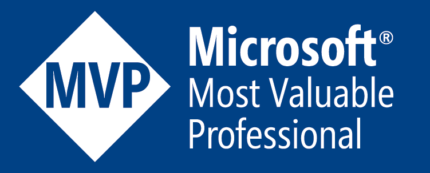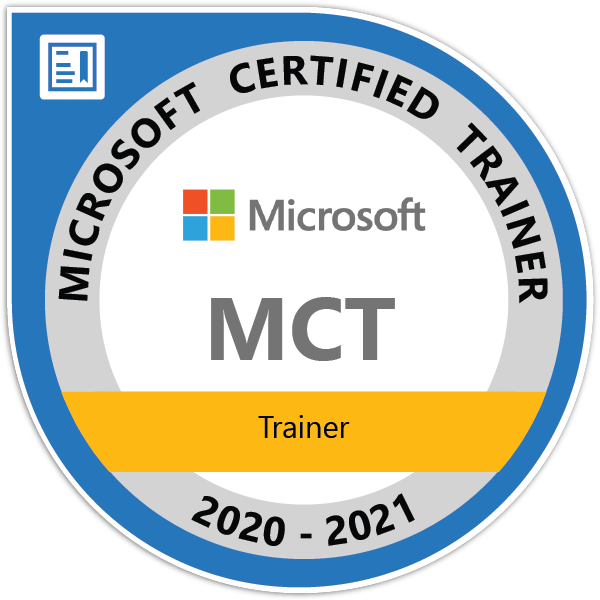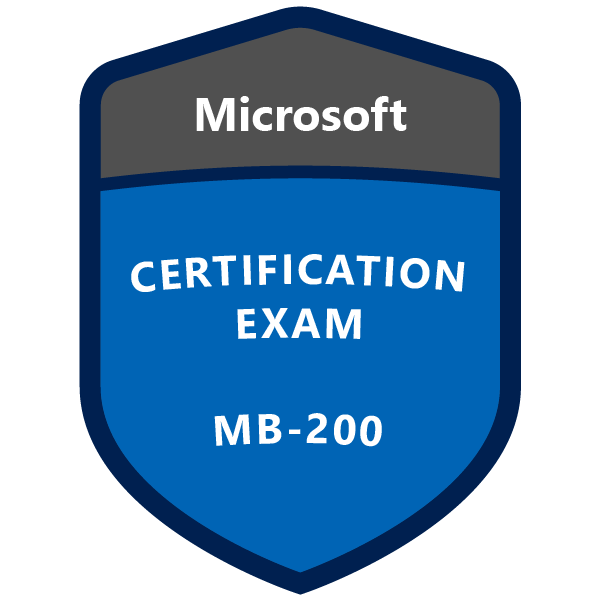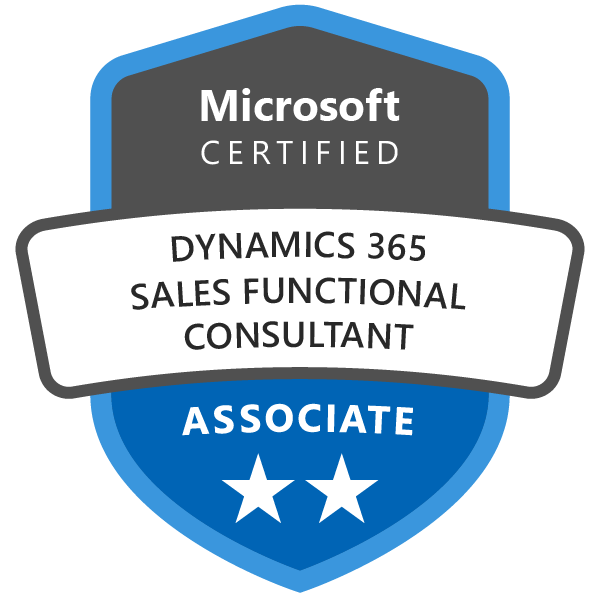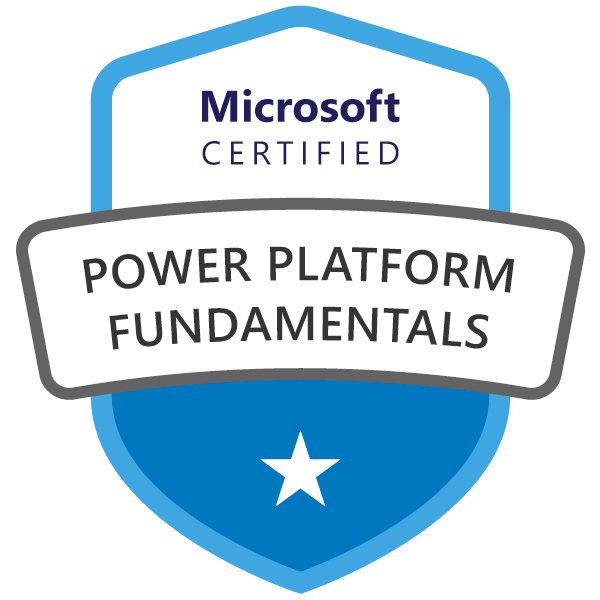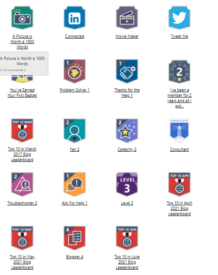What can be Customized in CRM
Dynamics CRM provides a flexible system to customize in a easy way. There are various components those which can be customized in CRM. I termed a word to remember all customization areas in an abbreviation form called as SSPUAT as explained below. Before I will jump to the customization and configuration scope lets discuss what modules are available in CRM.
Modules of Dynamics CRM
- Sales
- This module deals with a sales life cycle. Like capturing Leads and converting to a valid opportunity following a prospective sale.
- Entities involved in this modules are : Lead, Account, Contact, Opportunity, Quote, Order, Invoice, Competitor, Activities etc.
- Services
- This modules provides the services required for a customer like setting up contracts and providing service, creating cases and case resolutions etc.
- Entities involved in this modules are : Contract, Case, Service Calendar, Engineers, Service Activity etc.
- Marketing
- This module targets for marketing of the business products by setting up pre-defined campaign activity and capturing customer response to up-sell the products.
- Entities involved in this modules are : Marketing List, Campaign, Campaign Response, Sales Literature etc.
- Administration
- This module enables Administrators to manage the CRM system as a whole. Starting from user management to system heath management, all are combined in this module
- Some of the features in this modules are : User Setup, Security Role Setup, Duplicate Detection Rule Setup, System Settings, Data Imports, Customization etc.

The above concepts are a basic understanding on CRM system but there is some in-depth concepts which we can learn by understanding the CRM architecture and customization scope.
Please keep a note that Dynamics CRM is nothing but a ASP.NET web application with SQL in back-end with IIS deployment but a bit complex architecture with robust data model. So a .net resource can be a master in CRM easily.
Now lets discuss What we can customize in Dynamics CRM system.I termed a word to remember all customization areas in an abbreviation form called as SSPUAT as explained below.

S – Schema Customization
- Schema customization involves below customization
- Creating new Custom entities/Modifying existing Custom Entity
- Modifying Customizable entities
- Creating new Attributes/Fields, Editing existing fields
- Creating relationships (1:N, N:1, N:N)
- Creating/ Modifying system views
- Entity and Field Auditing Setup
- Offline availability configuration
S – Security Customization
- Security customization involves below customization
- Role Based security model
- Record based (Sharing & Assigns)
- Field Based security
- Hierarchy security
- Security driven entity forms
P – Process Customization
- Process customization involves below customization
- Configuring Workflows & Dialogs
- Writing Custom Workflow Activities
- Writing Plug-ins
- Configuring Business Process Flows (BPF)
- Creating Business Rules
- Defining Custom Actions
- Duplicate Detection Rule Setup
- Bulk Deletion JOB setup
U – User Interface Customization
- UI customization involves below customization
- Ribbon/Command bar Editing
- Sitemap Editing (CRM 2011)
- Entity Form Design
- Global Option Sets
- Web Resources
- Solutions
A – Analytics Customization
- Analytics customization involves below customization
- Creating Reports
- Creating Charts
- Building Dashboards
T – Template Customization
- Template customization involves below customization
- Article Template design
- Contract template design
- Mail Merge Template Design
Except the above customization scope we write custom batch jobs, custom websites, web services to fit our business need.
So lets discuss the below points for a clear understanding.
What can be configured?
ANS : Workflows, Dialogs, Reports, Personal Views can be configured.
What can be Customized?
ANS: Plugins, Form scripts, Ribbon and Sitemap can be customized.
Thanks for reading the article.Please comment if I missed anything.


